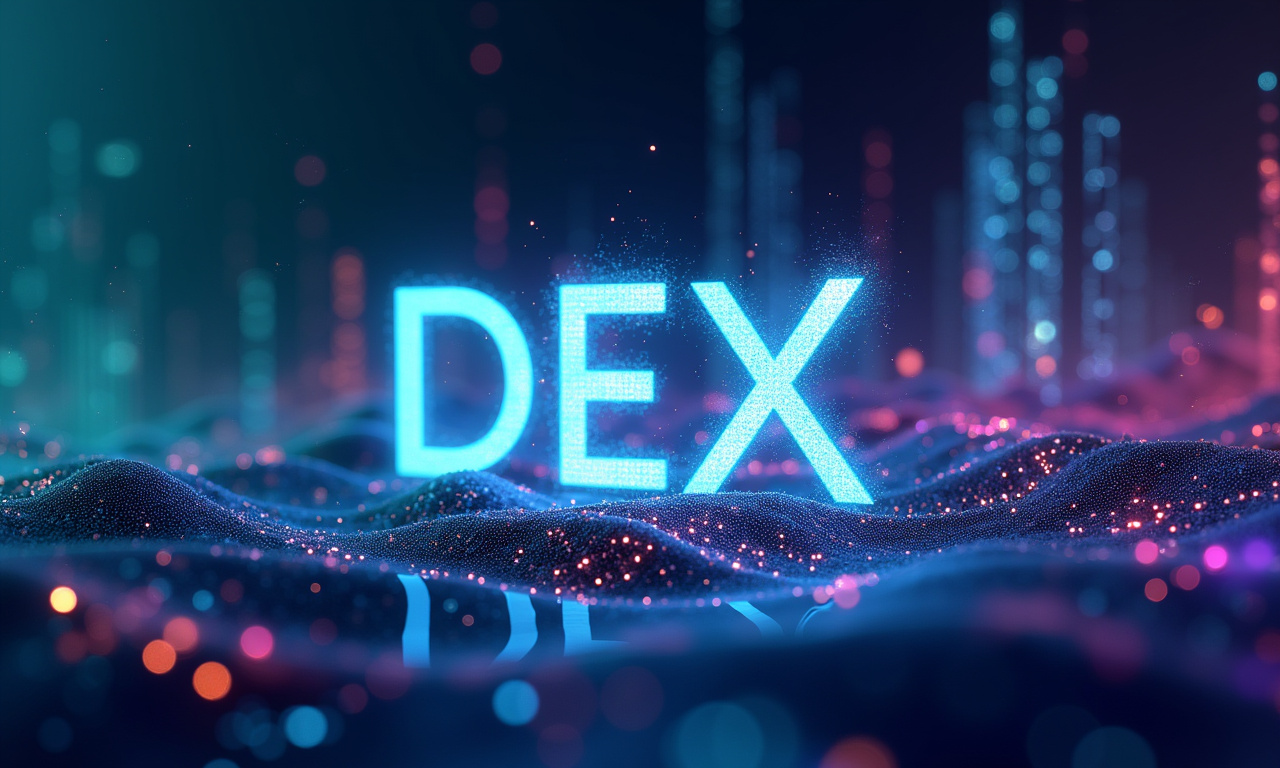The beauty of the decentralized finance (DeFi) landscape is that it is ever-changing. New platforms are appearing every day to rival the established leaders. Two leading challengers in the nascent DeFi derivatives arena are Hyperliquid and dYdX. Both platforms provide people the ability to trade perpetual contracts and other derivatives in a decentralized manner. They go about it in extremely different ways, relying on varied technology and a set of features. Read on for a comprehensive, unbiased comparison of Hyperliquid vs. dYdX. You’ll be able to compare their strengths and weaknesses, so that you can decide which platform offers the best fit for your trading needs.
Order Book and Execution Models
Perhaps the biggest difference between Hyperliquid and dYdX is the underlying order book model and execution infrastructure. dYdX uses a classic order book model that traders used to centralized exchanges will be more familiar with. This model is dependent on off-chain order books, which can create latency and risk manipulation.
Hyperliquid uses a completely on-chain order book. It promises to provide the transaction speed and acumen that centralized exchanges have built their reputations on. Hyperliquid’s real-time execution and on-chain transparency provide additional benefits around speed, security, and auditability. This decentralization means that every transaction is public and permanent on the blockchain, allowing anyone to verify it and making it unalterable.
Fees and Tokenomics
Fee structures and tokenomics are integral to user acquisition, retention, and growth on DeFi platforms. dYdX lacks transparency. dYdX does not report independent data on its trading fees. What needs to be emphasized here is that the platform operates off-chain order books.
Hyperliquid sets itself apart with a fee structure that is incredibly aligned with its users. An astounding 97% of all trading fees are directed immediately to the Assistance Fund. Specifically, this fund is used to purchase back HYPE, the platform’s native token. The other 3% goes to provide support for liquidity providers in the HLP vault. This new model introduces multiple avenues to incentivize long-term participation and builds a productive and sustainable ecosystem.
Hyperliquid's Advanced Liquidity Pool System
Hyperliquid’s liquidity pool system is ostensibly more advanced than Hyperliquid’s vault. Users will be able to create their own vaults and receive a 10% profit share from them! This unique feature promotes proactive engagement in supplying liquidity to the platform. On balance, the system allows for a higher capital efficiency and offers users more agency in how they invest their time and money.
Asset Availability and Trading Features
Token selection/token on/off-exchange trading Another key consideration for traders is what tokens are available and whether tokens can be traded on/off exchange. dYdX dYdX is a unique decentralized platform primarily focused on derivatives and perpetuals trading. More detailed information about its token selection is lacking.
Hyperliquid currently supports trading over 100 different spot assets. Beyond spot trading, Hyperliquid supports margin trading and futures trading using perpetual contracts up to 50x leverage. This allows traders to utilize strategies from simple to complex, while being able to mitigate risk precisely.
Additional Functionality on Hyperliquid
- Decentralized Price Oracle: To prevent price manipulation and ensure fair pricing, Hyperliquid utilizes a decentralized price oracle.
- Permissionless Liquidation System: Hyperliquid employs a permissionless liquidation system where any user with sufficient capital can take over the positions of an account whose value drops below the minimum margin requirement. This helps maintain the solvency of the platform.
- Community-Oriented Approach: Hyperliquid fosters a community-oriented approach to platform governance and liquidity pools, empowering users to participate in shaping the platform's future.
Scalability and Performance
Scalability and performance are key factors for any DeFi platform that wants to support a high transactional volume. Hyperliquid’s purpose-built chain allows it to scale orders of magnitude higher than dYdX. As it stands today, dYdX can only support a few thousand trades per second at most.
Hyperliquid’s pipelined HotStuff consensus and optimized networking make it extremely hard to beat in pure speed. This means faster transaction confirmation times and a more responsive trading experience for users.
Key Differences Summarized
To further clarify the distinctions between Hyperliquid and dYdX, here is a summary of their key differences:
- Orderbook Model: dYdX offers a familiar orderbook model, while Hyperliquid provides a fully on-chain order book.
- Execution: Hyperliquid has real-time execution, while dYdX's execution may not be as fast.
- Transparency: Hyperliquid offers fully on-chain transparency, while dYdX may not have the same level of transparency.
- Leverage: Hyperliquid offers higher leverage (up to 50×) compared to dYdX (up to 20×).
- Markets: Hyperliquid has more markets (130+) compared to dYdX (~30-40).
- Speed: Hyperliquid's pipelined HotStuff consensus and optimized networking give it an edge in pure speed.
Conclusion
Hyperliquid and dYdX stand for two different, but promising visions of decentralized derivatives trading. dYdX uses a central limit order book model. Compared to these competitors, Hyperliquid offers a much faster, more transparent and scalable solution thanks to its completely on-chain order book architecture and novel features. Hyperliquid’s lifetime trading volume already exceeded that of dYdX. That’s no small feat for a platform still relatively fresh, having only fully launched in early 2023.
Ultimately, Hyperliquid vs dYdX comes down to personal trading preferences and what each trader values most. Traders focused on execution speed, trade transparency, and community feel will be drawn to Hyperliquid. On the other hand, if a trader prefers a more traditional order book model, they might opt for dYdX instead. Now, traders can better understand what each platform does well and what they do poorly. This thoughtful process ensures that they are able to choose what best meets their individual needs.




